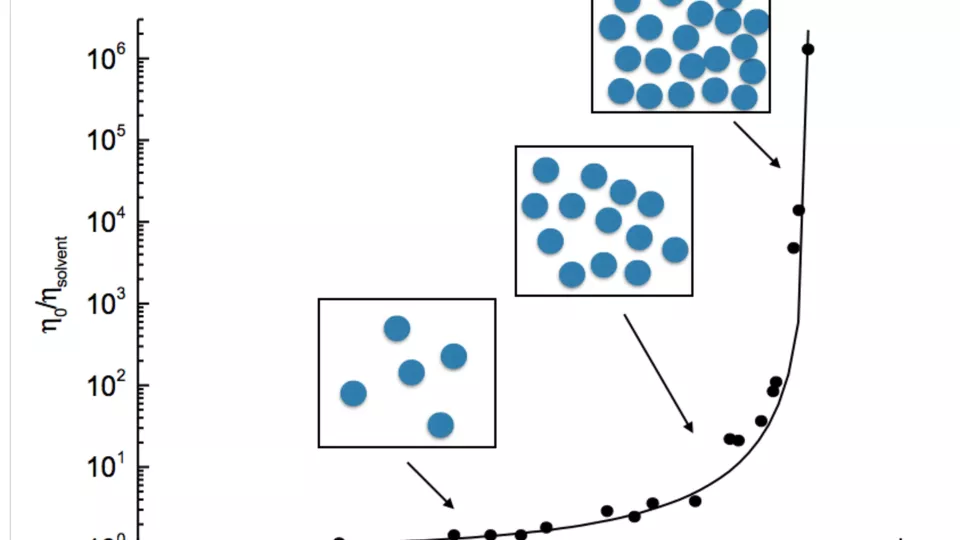Around the age of 40–50, many people find their sight deteriorates and they need to use reading glasses. This age-related long-sightedness is thought to be due to a reduction in the elasticity of the lens in the eye. A new research study appears to have put its finger on the details of what happens in the eye when long-sightedness develops.
“This feels like an exciting discovery. We now intend to continue studying the behaviour of protein mixtures that resemble the interior of the eye lens”, said Anna Stradner, an associate professor at Lund University.
Working with Professor Peter Schurtenberger at Lund University and international research colleagues, she has studied the protein that occurs most commonly in the lens of the eye, alpha-crystallin. The results of the study show that, at high concentrations, solutions of this protein undergo a transition from a fluid form to a glassy state. What happens is that the protein becomes less mobile at high concentrations, which leads to the transition from a fluid to a solid form. This could be the reason why the lens of the eye becomes more rigid with age.
The study also suggests a link to another eye condition, cataract which is an eye disease in which the lens becomes cloudy and less transparent. The researchers believe that cataract formation may be influenced by the reduced movement of the protein in the lens when the glassy state occurs.
Anna Stradner and her colleagues now hope that their findings will lead to further studies that can help to improve understanding of age-related long-sightedness and cataract at a molecular level.
Publication:
Hard sphere-like glass transition in eye lens α-crystallin solutions
Contact:
Anna Stradner
Associate Professor at the Department of Chemistry, Lund University
+46 46 222 82 14
anna [dot] stradner [at] fkem1 [dot] lu [dot] se
